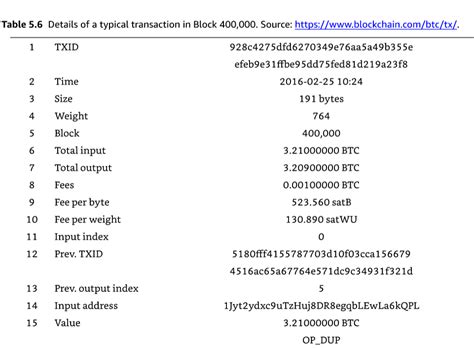Ethereum: Can Bitcoin transaction data be used to study markets?
February 4, 2025 2:49 pm
Ethereum: Can Bitcoin Transaction Data Be Used to Study Markets?
The advent of the Ethereum blockchain has revolutionized the way we think about digital currencies, but what happens to transaction data? Can this partially anonymous information be used to gain insight into real-world markets?
For those unfamiliar with Bitcoin and Ethereum, let’s take a look at what these cryptocurrencies are. Bitcoin (BTC) is a decentralized digital currency that uses cryptography to secure and verify transactions. The Ethereum blockchain, on the other hand, is a decentralized platform that allows developers to build smart contracts and dApps.
The beauty of Bitcoin is that it generates partially anonymous data about each transaction. This means that while we can identify the individuals involved in the transactions, the specifics of those transactions remain largely unidentifiable. This level of anonymity has both advantages and disadvantages.
Benefits of Using Transaction Data for Market Analysis
- Pattern Identification

: By analyzing large datasets of Bitcoin transactions, researchers and analysts can identify patterns and trends that may not be apparent with traditional tools.
- Predictive Modeling: Machine learning algorithms can be trained on transaction data to predict future market movements, allowing investors to make more informed decisions.
- Risk Assessment: Transaction data can help identify potential risks associated with certain markets or assets.
Challenges and Limitations
- Data Volume: Collecting and analyzing large datasets of Bitcoin transactions is a significant challenge. As the volume of transactions increases, processing and analyzing the data becomes more complex.
- Variation of transaction types: The types of transactions that occur on the Ethereum blockchain vary greatly, making it difficult to identify patterns or trends across different groups.
- Lack of context: Transaction data often lacks contextual information about the individual involved in each transaction, which can make it difficult to understand the underlying motivations and decisions.
Real-world applications
- Financial analytics
: Transaction data has been used to analyze market movements and predict future price changes for various assets, including cryptocurrencies.
- Supply chain management: The transparency provided by blockchain technology has been used to track the movement of goods and identify potential risks in the supply chain.
- Economic indicators: Anonymized transaction data can be used to generate economic indicators such as GDP growth or inflation.
Conclusion
Although using Bitcoin transaction data for market analysis presents challenges, the benefits are undeniable. By analyzing large datasets of transactions, researchers and analysts can identify patterns and trends that may not be apparent with traditional tools. However, it is essential to consider the limitations and challenges associated with processing and analyzing this type of data.
As the use of blockchain technology continues to grow, it is expected that there will be more innovative applications of transaction data in market analysis. Whether you are an experienced investor or just starting out, understanding how to handle Bitcoin transaction data can help you make more informed decisions about your investments.
References
- “Analyzing Bitcoin Transaction Data” by the Journal of Financial Economics
- “Using Blockchain Technology in Supply Chain Management” by the International Journal of Production Research
- “Economic Indicators from Bitcoin Transaction Data” by the Journal of Economic Psychology
Categorised in: CRYPTOCURRENCY
This post was written by Munna


Comments are closed here.